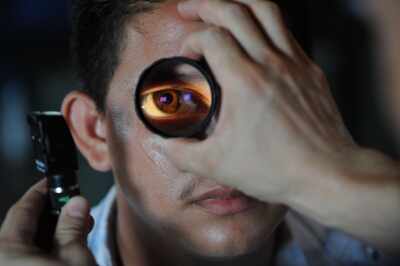Sydney, January 15 (IANS). A research has revealed that regular eye tests can accurately predict the risk of stroke.
Research led by the Center for Eye Research (CERA) in Melbourne, Australia has identified a blood vessel fingerprint in the back of the eye that can be used to predict a person’s risk of stroke, Xinhua news agency reported. can be done accurately.
The research found that the fingerprint contained 118 indicators of vascular health and could be analyzed with fundus photography, a common tool used in routine eye examinations.
The team analyzed fundus photos of the eyes of 45,161 people in the UK with an average age of 55 years, using a machine learning tool called the Retina-Based Micro Vascular Health Assessment System (RMHAS).
During an average observation period of 12.5 years, 749 participants had a stroke.
The researchers identified 29 of the 118 signals as being significantly associated with first-time stroke risk.
About 17 of the 29 signals were related to vascular density, which measures the percentage of area covered with blood vessels. Low density in the retina and brain is linked to an increased risk of stroke.
Each change in density signals was associated with a 10-19 percent increased stroke risk, according to the study.
Reduction in complication indicators was found to increase stroke risk by 10.5-19.5 percent.
The researchers said, “Given that age and sex are readily available and that retinal parameters can be obtained through routine fundus photography, this model may be a practical and useful tool for incident stroke risk assessment, particularly for primary health care.” “Offers an easily implementable approach.”
The study notes that stroke affects more than 100 million people worldwide and causes approximately 6.7 million deaths globally each year, making efforts to reduce stroke-related disability and mortality. Early identification of individuals with disabilities becomes important.
–IANS
MKS/AS










